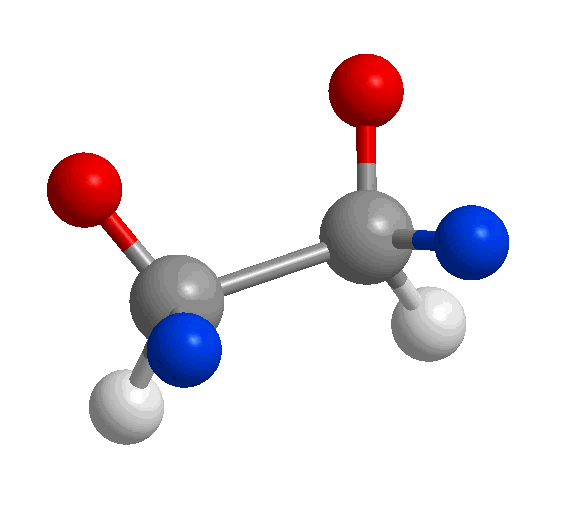Up to this point, all of our molecular depictions have focused on keeping track of the electrons around each atom and the connectivity of the atoms themselves. These models, however, do not reflect that molecules are not static and are constantly vibrating, bending, and rotating. In this section, we will focus on bond rotations and the energetic consequences of such rotations. Once you learn the basics of molecular motion, you will be able to understand protein folding, and even predict the properties of materials you see in everyday life, such as plastics.
At room temperature, molecules rapidly bend, vibrate, and rotate. In the model of ethane to the right (the hydrogen atoms are highlighted in red, blue, and white to help you keep track of their relative positions), these movements have been greatly slowed down. The two conformations of ethane that we studied above can interconvert millions of times per second. While bond bending and vibration have important consequences for spectroscopy and reactivity, we are focusing on molecular rotations as it has more of a direct impact on how we draw and visualize molecules.
